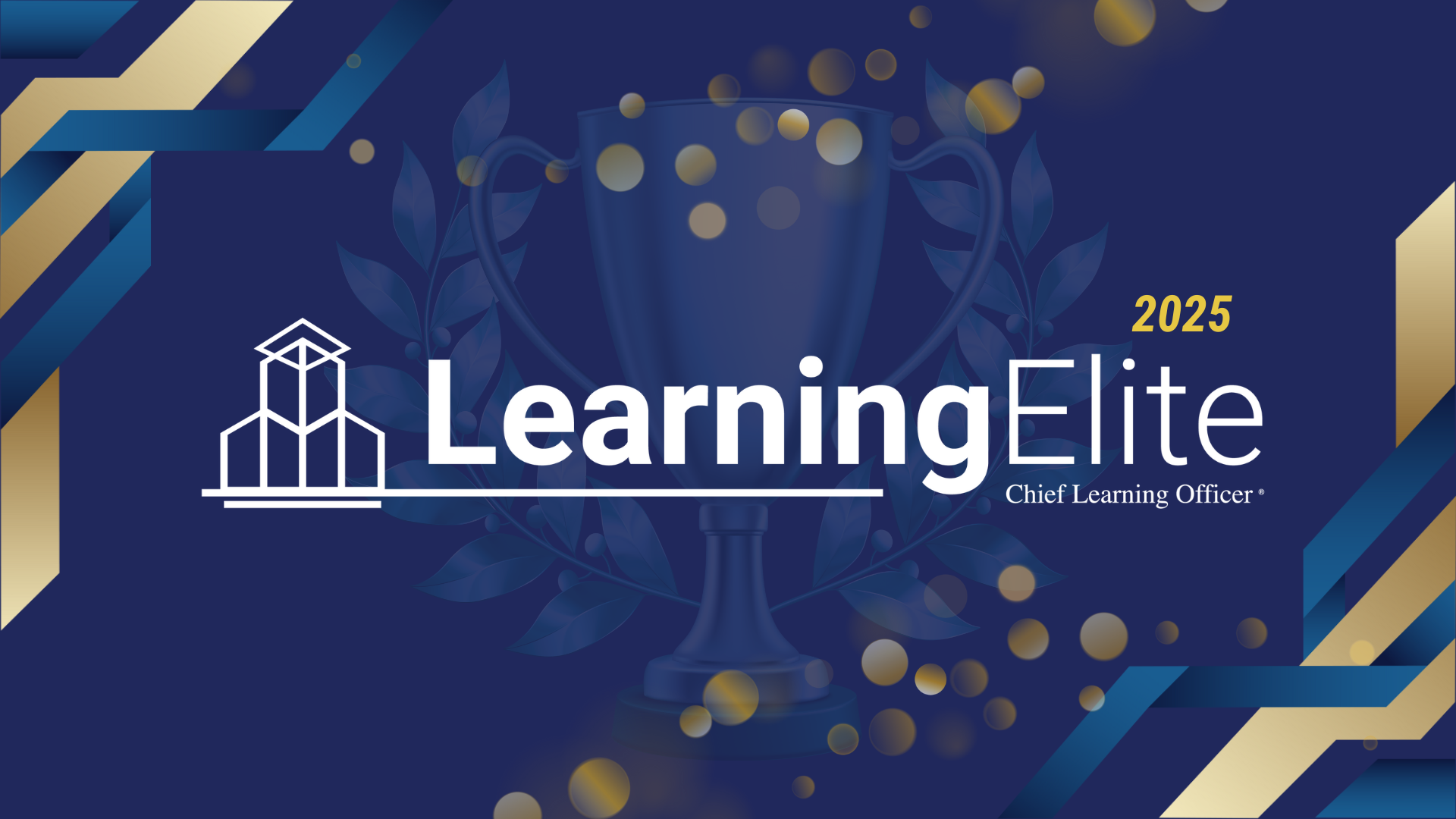The promise of an enterprise LMS is that by consolidating disparate learning technologies into a single platform, you’re better able to take control of your learning management, quality and costs. According to a Bersin & Associates study, approximately 35 percent of large companies have an enterprise LMS in place. However, some of them are discovering that technology alone cannot make the promise real. Johnson & Johnson was one of those companies.
Johnson & Johnson implemented an enterprise system in early 2002 and quickly realized three things:
- Success is less about engaging technologies and more about engaging people.
- The idea of control can often be an illusion.
- The way you manage your centralized learning system can make all the difference in its success.
With more than 200 companies and 109,000 employees spread across 57 countries, Johnson & Johnson’s eUniversity provides a good example of the complexity of an enterprise LMS implementation. Before the enterprise system, the company’s learning systems were disjointed. Numerous systems featured disparate interfaces, and none of the individual business units could share data or ideas effectively.
After planning and implementing the new system for nearly a year, spending $2.6 million and establishing a centralized e-learning unit, Johnson & Johnson was anxious to see the new system shine. There was just one complication—very few groups wanted to use it.
The leaders of Johnson & Johnson’s eUniversity soon discovered that the problem wasn’t the technology. In fact, the majority of the individual business units supported the LMS choice and the customized learning portal design. The problem was that up until this time, the corporate management style gave each business unit a certain degree of autonomy. The new eUniversity management plan didn’t offer that freedom. The individual business units wanted to continue playing the lead role in their learning management, which countered the idea behind a centralized LMS. The future was clear—either the management style changed, or the business units would rebel.
Johnson & Johnson chose to change the management philosophy along with its overall perception of the LMS. Instead of seeing the LMS as a way to control learning, it became a way to allow the business units to connect with learning. With this slight shift in perception, eUniversity gave ownership back to the business units. It also helped illustrate the illusion behind control.
When business units feel constricted by corporate management, they will find a way to get what they want. However, they will hide their decisions from others, believing only they know what is best for their employees. That leaves the centralized unit unaware of actual learning initiatives, unable to streamline learning quality and ultimately, disconnected from the learning experience. In this scenario, the more control you try to exert, the further you get from achieving the promise of the LMS.
By decentralizing the approach, Johnson & Johnson found the business units didn’t need to hide their learning initiatives or their different learning approaches or technologies. Instead, they used the LMS as the hub from which their individual learning strategies ran, as well as a place to share and learn from the strategies of other units. As a result, learning became more visible, not just to the corporate unit, but across the business units. It also allowed the business units to share ideas and best practices with each other, raising the level of competency among learning managers.
By restructuring the management of its LMS, Johnson & Johnson turned its implementation into an enterprise-wide success. Once managers started to feel a sense of ownership in the system, they became more enthusiastic. That enthusiasm trickled down, and participation in the eUniversity has doubled for each of the past two years. In fact, a new user registers for a course every 1.3 minutes, and over the three-year life of its LMS, Johnson & Johnson boasts 900,000 course completions.
By leveraging vendor-produced content across all schools, Johnson & Johnson has seen more than $3 million in cost avoidance. In addition, classroom training for sales representatives has been reduced by 30 percent to 40 percent. This has reduced travel and accommodation costs by 20 percent with a significant increase in the number of actual selling days for qualified sales representatives.
Bersin & Associates estimates that at least 45 percent of large companies are implementing or planning an enterprise LMS. If those companies follow existing trends, the majority will take a centralized approach. Realize you have options beyond the centralized approach. There is a temptation to blame technology when a new system doesn’t work as planned. But if you can take a step back and put your ego aside, other possibilities can emerge where no one is at fault and everyone is a winner.
Kee Meng Yeo is the director of Johnson & Johnson’s eUniversity. He can be reached at kyeo@clomedia.com.
















